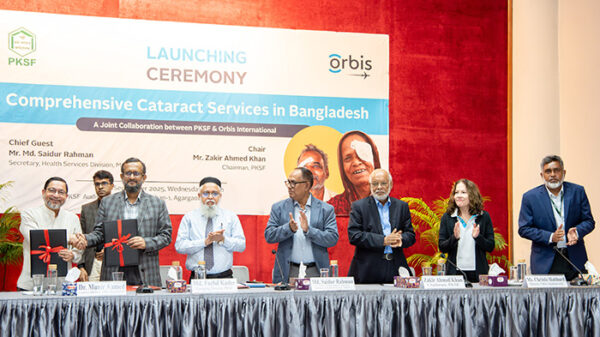October 13, 2025, 2:23 am
So where are all the trash cans?

TAM Desk ||
Professor Chris McMorran teaches Japanese studies at the National University of Singapore, where his work focuses on serious and important topics like labor, gender and marginalized communities.
But when he takes his students to Japan, one major question invariably emerges: why aren’t there any trash cans?
It’s a common refrain, especially among the Western travelers who flock to Japan in increasing numbers every year: how can the country be so clean and organized when there doesn’t seem to be a way to dispose of garbage in public places?
McMorran’s students are not the only ones with that question. Earlier this year, the Japanese National Tourism Organization (JNTO) conducted a survey of passengers leaving Japan and asked what logistical challenges they faced during their trip.
The number one response? A lack of trash cans. Twenty-two percent of tourists cited the difficulty of finding a place to throw away garbage as the single biggest issue they’d dealt with during their trip, ahead of a lack of English speakers (15%) and overcrowding at popular attractions (13%).
There are a few different ways to address the trash disposal question, but they generally involve the unique cadences of Japanese etiquette.
“This (lack of trash cans) can be a nuisance particularly for budget-conscious young travelers,” says McMorran. “Instead of sitting down for a meal at a restaurant, they are more likely to grab an onigiri at a convenience store or an Instagrammable dessert at a stall. Once they finish eating, they search in vain for a place to throw the waste.”
He notes that while local Japanese people also buy food and drinks from vending machines or kombini (convenience stores), the difference is that they don’t necessarily consume these products on the street.
It’s considered bad manners to eat while walking — to the point where some cities in Japan have outright barred the practice. Instead, it’s more common to take these grab-and-go foods to their home or office, eat it there, and then dispose of the trash. If they do eat while out on the go, most people keep a small bag with them where they can stow trash until they get home.
Mass tourism is causing problems with Japan’s public trash situation.
For example, travelers come from around the world to visit the UNESCO-listed city of Nara, a 45-minute bullet train ride east of Osaka. While the city is home to historic temples and Buddhist artifacts, its most famous residents are wild deer which are known for taking crackers from visitors and “bowing” to say thank you.
Trash, though, has become a life-or-death issue for the deer: nine died in 2019 after eating plastic waste that was left on the ground by tourists.
Trash cans were removed from Nara’s parks in 1985 to prevent deer from trying to eat out of them. Signs throughout the city cautioned people not to litter as eating trash or food outside of their diet could be harmful for the deer.
As the number of travelers increased, it became clear that the posted signs weren’t enough, and people weren’t following the local custom of taking their trash away with them. The city has since reconsidered its policy and installed several trash bins near the busiest tourist areas.
The solar-powered trash cans are printed with “Save the deer” in English.
Tokyo’s cool Shibuya neighborhood has also struggled to cope with tourists and the trash they leave behind. Local politicians have cracked down on the notoriously riotous Halloween celebrations and made it illegal to consume alcohol on the street — partly to reduce noise complaints, but also to curb the amount of litter.























